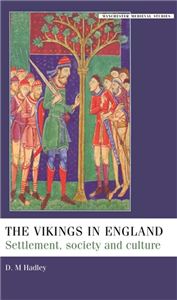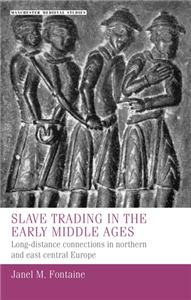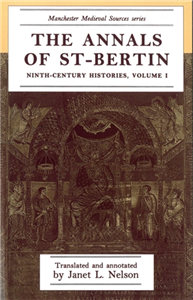Freya und die Furchtlosen - Auf ins Gefecht! (Band 1)
by Jochen Till
Freya and the Fearless (Vol. 1) - Off to Battle! They call themselves "The Fearless" and they want to rob, plunder and pillage for all they're worth. The only problem is that the sight of a little girl makes them wet their pants. Freya has had enough of plundering Vikings and gives Heinar's people a good scare. • A little girl shows the despondent Vikings what a real guy is • Funny sidekicks: The Odin family is watching from heaven • Innovative 90:10 text-image ratio, illustrated in b/w • For fans of ‘Vicky the Viking’ and ‘Asterix & Obelix’. • Volumes 2 and 3 coming in 2022 and 2023 Viking chief Heinar Hookepee leads a small troop of daring men into a new adventure. While it is being widely discussed who exactly should lead the attack, a little girl stands up to them - our heroine Freya. She's fed up with Vikings attacking her village all the time and angrily scolds Hookepee and his men - who are nowhere near as fearless and brave as they always pretend to be. Something has to change: The men have to learn to become real Vikings. And who better to teach them than the fearless Freya? So Freya lands on the Viking ship and, with a lot of wit and clever methods, tries to teach our sissy Vikings everything they are missing.











